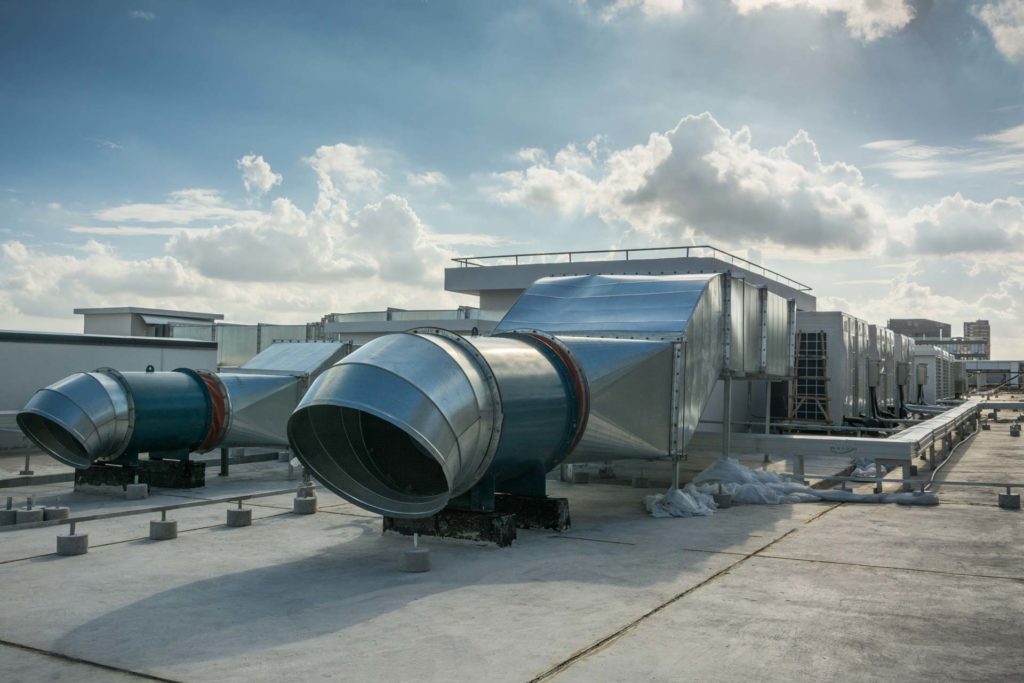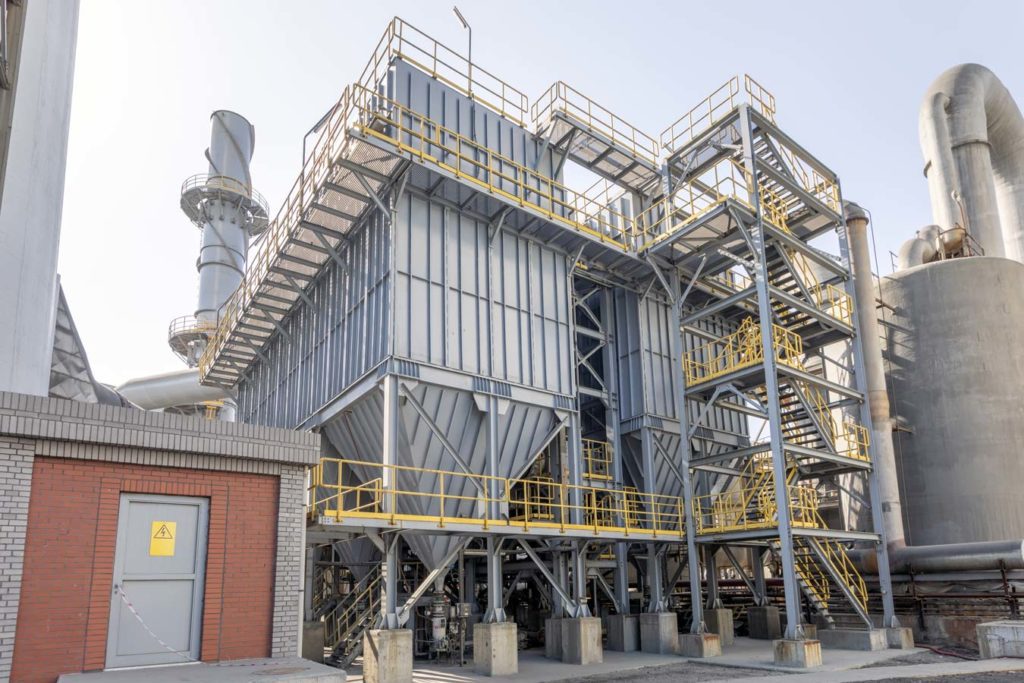Industrial processes require working with materials that produce varying amounts of dust, smoke, and debris. If you have concerns about air quality, adhere to workplace safety requirements, or need to protect equipment and inventory from these elements, a baghouse system could be a beneficial addition to your facility.
Read on to learn what a baghouse system is, how it works and why it could be the right choice for your business.
What is a Baghouse System?
Baghouse systems exist in industrial dust collectors. They use fabric filters mounted at optimal angles to collect industrial dust, particles, and other industrial pollutants. Understanding the essential components for critical sections of a dust collection system can help you choose a baghouse system for your environmental concerns.
How Do Baghouse Filters Work?
When machinery releases pollution or potentially harmful materials, the baghouse air filter collects particulates that could damage the delicate workings of large-scale machinery. In addition, an attached airstream gathers dust and debris from a contained atmosphere. The filter removes these particles from the airstream allowing clean air to be released into the atmosphere.
Quality baghouse filters can deliver unparalleled performance results when dust build-up is properly monitored. A knowledgeable baghouse system manufacturer can create a collection process that supports your facility’s environmental goals.
Baghouse Filter Parts
There are several mechanisms that support a baghouse system’s functionality. The main components are the filtration compartment, a fan for airflow regulation, the cleaning system, a storage chamber for discarded dust collection, and the removal chamber. The technical features monitor pressure and temperature, and the framework includes chutes, chambers, and pipes to transport materials and compounds.
Baghouse system accessories include filter bags, which come in various shapes and sizes to fit different systems. It’s crucial to maintain the health of bags and corresponding parts. Leak detection products can also provide critical assistance and support the longevity and efficiency of your baghouse system.
Types of Baghouse Filter Systems
There are a few types of baghouse systems to consider. Understanding the differences between each one plays a key role in choosing the right baghouse filter system:
Pulse-jet baghouse
These filters are a popular option and rely on a motor to send waves of energy throughout the system. This self-cleaning, dry-filtration baghouse system draws dust into the system, where filters collect the particulates. As dust forms on the filters, compressed pulsed air is applied in reverse to remove particulates from the clean air supply.
Shaker baghouse
Instead of remaining inside the collection point, this system shakes the dust from the filter bag, and particulates are collected in a tray below. Shaker baghouses require more power than other systems due to the potential for wear and tear. This system’s movements can result in shorter longevity than other methods.
Reverse flow baghouse
Airflow pushes dust and other large particles into the filter. This gentle collection method doesn’t lead to as much wear and tear as other methods, but it does require considerable upkeep.
Baghouse systems blow dust through the filter bags to separate matter. Clean air is then released through the dust collection system’s opening. While all baghouse systems deliver efficient collection modes, the best system for your facility depends on facility size and the production materials you work with.
Advantages of Baghouse Filters
Baghouse systems are a cost-effective and efficient option for industrial air filtration. Sustainable fabric filters are ideal for repeated use and work in even the most particulate-dense environments. Certain systems, like the pulse-jet and shaker system, ensure the entire unit is consistently and thoroughly filtered. These systems don’t require replacement parts as frequently as filtration systems made from lower-quality materials.
Baghouse systems come in a variety of designs that can be tailored to your footprint and industry-specific manufacturing considerations. This level of specificity ensures your workplace environment has a sustainable air filtration system that will give your employees a healthy workspace, protect your product quality and support the longevity of your equipment.
Baghouse systems employ easy cleaning methods that minimize workplace disruptions. As a result, parts can typically remain functioning while cleaning takes place.
Choose Baghouse America
At Baghouse America, we offer top-of-the-line baghouse filters to outfit your manufacturing plant’s systems. For over 20 years, we have developed innovative solutions within the environmental industry. We are confident that our products and services can provide the dust collection systems and auxiliary parts your business needs. Interested in how our services and products can support your air quality concerns? Contact us to find out more!

